I’m often reminded that what we think we know about a particular travel destination may not be the reality at all. I found this to be especially true with the Canary Islands.
I’ve always known this Spanish archipelago to be a somewhat downmarket beach holiday destination. Just search for popular islands like Tenerife or Gran Canaria; the first images that will pop up will surely be large, all-inclusive hotel complexes and beaches filled with an older crowd, most wearing bucket hats.
It was precisely how I had always imagined the Canaries: an unpretentious place for a cheap all-inclusive beach holiday, or maybe a sunny location for retirees — a bit like the European version of Florida. Very commercialised and kind of uncool.
Well, it’s funny how your impressions can change once you’ve actually been and experienced a destination beyond the poster images.
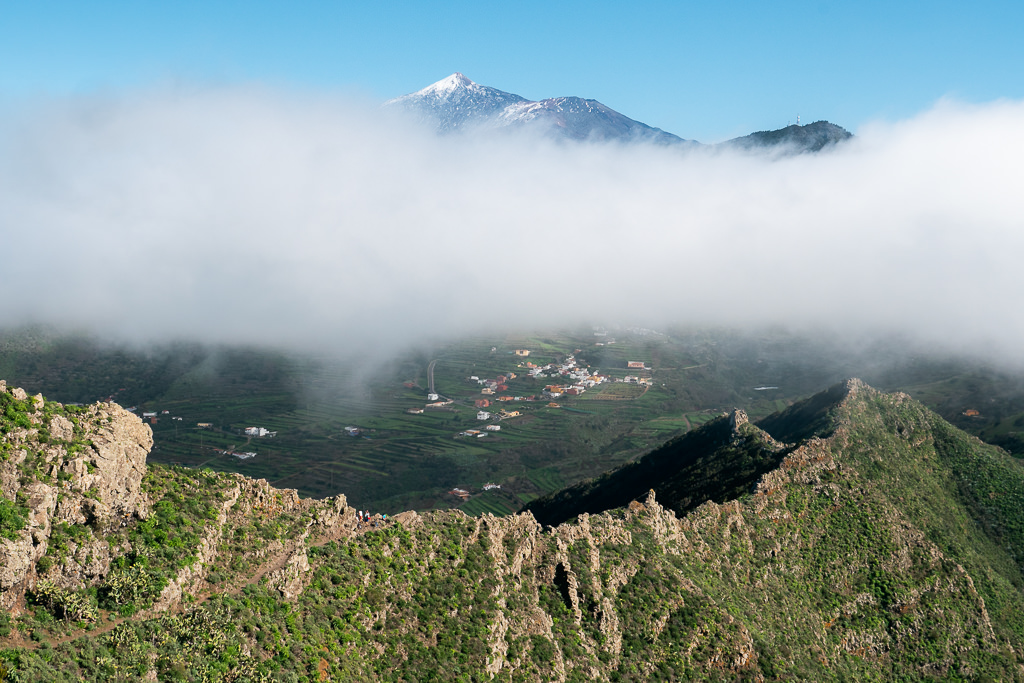
I was totally unprepared for the islands’ epic landscapes. On Tenerife, if you head to the Anaga Mountains in the northeast corner, you may feel that you are practically on a different island compared to the commercial beach resorts of the south. I loved the nature hikes and authenticity of some of the Tenerifian towns; this motivated me to create this guide to Tenerife highlighting a different side of the archipelago’s largest island.
As I island-hopped around the Canaries, it was especially the smaller islands that took me by surprise.
Just a 40-minute ferry ride from Tenerife’s mass tourism hub is the wild and unspoiled island of La Gomera. Locals described this island as ‘Jurassic Park’, and on arrival, that was just what it felt like. La Gomera is covered in cloud forests brimming with ferns and lianas and offers some of the most jaw-dropping volcanic landscapes and authentic local culture. Between the banana farms and the terraced fields, you might even think you’re in the Caribbean.
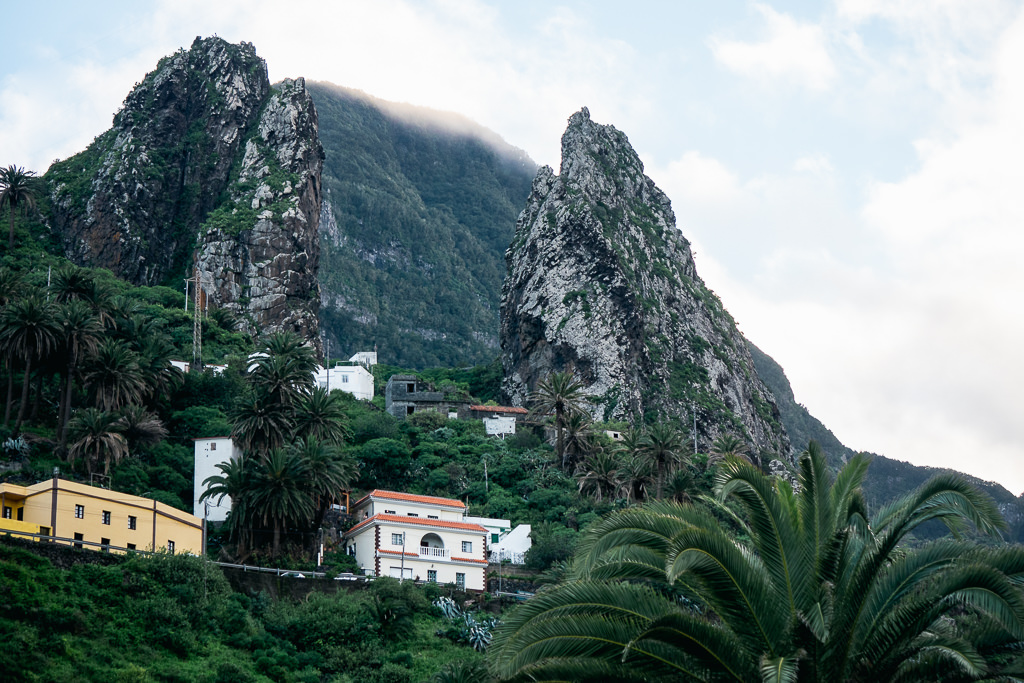
Who knew that you could go to the Canaries for a cultural trip? If I had only considered the popular marketing images of the Canaries, I would have never believed this, and after visiting La Gomera, I could barely comprehend that this magical place was also the Canary Islands.
Already impressed by La Gomera, the gorgeous island of La Palma sent my enthusiasm into overdrive.
Not only known as the best hiking island of the Canaries, La Palma is also one of the world’s best places for star-gazing, ranked alongside the starlight reserves found in Hawaii and Chile. On a clear night, the sky twinkling with countless stars, a local astronomer gave me an exhaustive tour of the universe, showing planets, stars, galaxies and nebulae from one of the island’s many official star-gazing lookout points.

Honestly, my original reason for visiting the Canary Islands was to escape a pandemic-struck winter on the European continent. The idea was to work remotely from the Canary Islands, happy to have just some sunshine and tapas while getting some work done.
The islands have lately been gaining more attention among digital nomads as a great place to work remotely, opening the Canaries to a new target audience besides the retired beach loungers whom the Canaries are typically marketed to.
But these islands proved far more interesting than just a sunny place with WiFi. As I realised just what a great travel destination the Canaries are, I extended my trip to twice as long as planned and visited four islands instead of one.

Sure enough, some bits of Tenerife and Gran Canaria weren’t entirely appealing to my snobby traveller tastes. If these islands had had an urban planning committee in the ’70s, judging by some of the garish tourist accommodation, they were definitely asleep on the job. The dedicated tourist areas on these islands conformed to the Canaries’ stereotypical image, though luckily, they were also easily avoided.
(Of course, as I visited during the pandemic the islands were much quieter than usual, though it was still completely obvious which areas are booming with package tourism in normal times.)
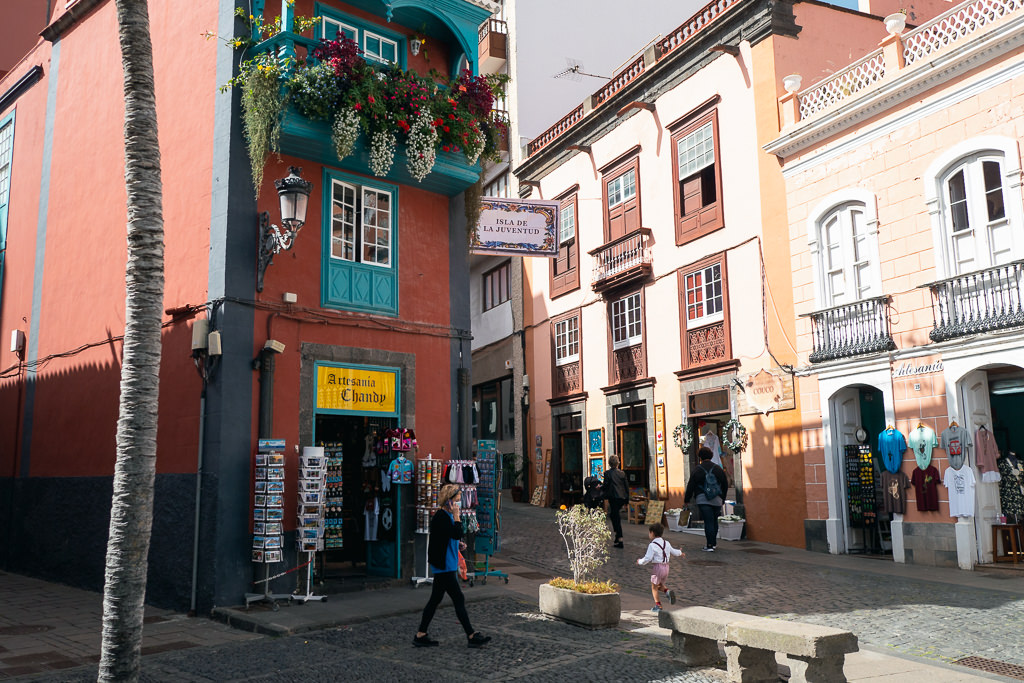
It’s funny how deceiving our concepts of certain travel destinations can be, often only knowing and believing what’s explicitly been marketed. Through marketing, tourists know that Ibiza is only a party island and that Paris is truly for romantics. In reality, very few places can ever be pigeonholed that way. For instance, what you don’t often hear is that people also visit Ibiza for cultural trips in winter; a different set of people visiting for entirely different reasons than the summer crowd.
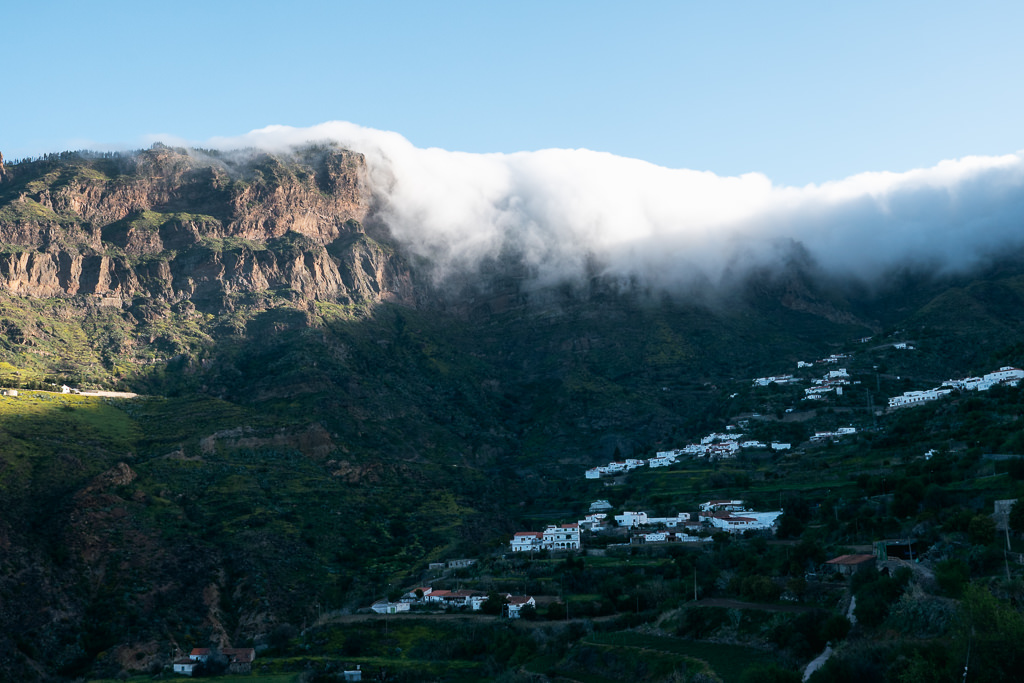
I’m glad to have discovered that the Canary Islands offer a much wider range of experiences than I thought. The British retiree beach bum is definitely their tourism industry’s cash cow, which is absolutely fine, albeit appealing to a fairly specific audience.
Yet there are also numerous examples of eco- and sustainable tourism, astro tourism, adventure sports, whale watching, remote work retreats, and so much more. Hopefully, my guides to Tenerife, La Palma, and La Gomera inspire you to give the Canaries a closer look if you had not considered it before.
Travel is best when you are surprised by what you find, which was absolutely the case for me on this trip to the Canary Islands. I hope to be proven ignorant many more times!
Some links may be affiliate links, meaning I may earn commission from products or services I recommend. For more, see site policies.
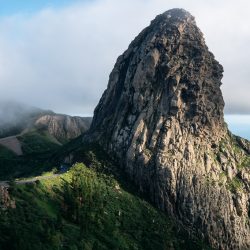
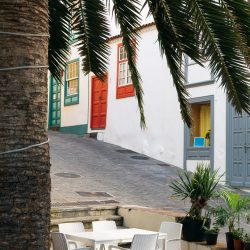




0 comments
Leave a comment
Your email address will not be published. Comments are manually moderated.